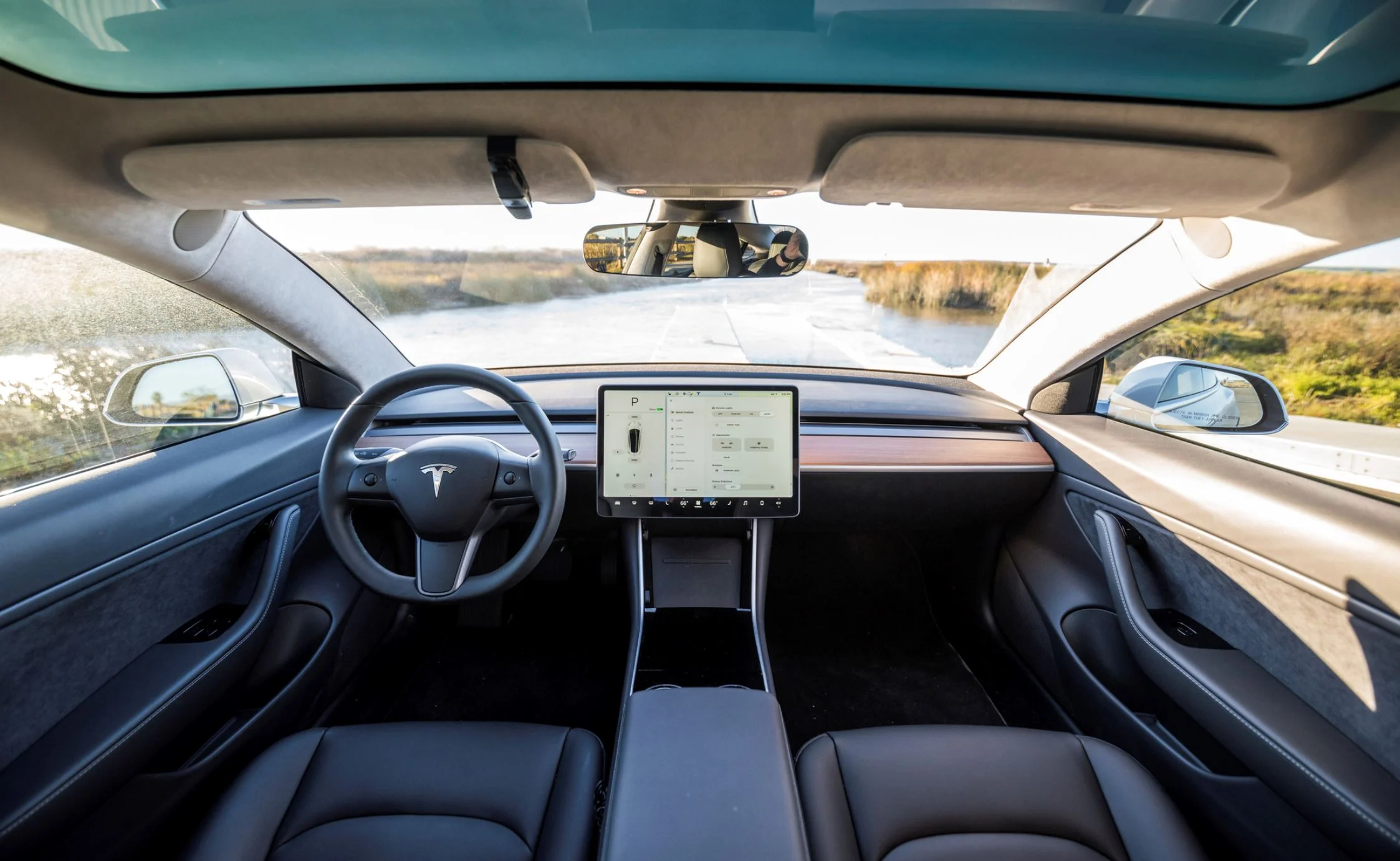A stellar flare ten times more powerful than anything seen on our sun has burst from an ultracool star almost the same size as Jupiter.
Curiosity has Finally Sampled a Clay-Rich Region on Mars
It’s hard to believe that MSL Curiosity has been on Mars for almost seven years. But it has, and during that time, the rover has explored Gale Crater and Mt. Sharp, the central peak inside the crater. And while it has used its drill multiple times to take rock samples, this is the first sample it’s gathered from the so-called ‘clay unit.’
NASA Wants to Send a Low-Cost Mission to Explore Neptune’s Moon Triton
In the coming years, NASA has some bold plans to build on the success of the New Horizons mission. Not only did this spacecraft make history by conducting the first-ever flyby of Pluto in 2015, it has since followed up on that by making the first encounter in history with a Kuiper Belt Object (KBO) – 2014 MU69 (aka. Ultima Thule).
Health check: can caffeine improve your exercise performance?
Meteoroid Strikes Eject Precious Water From Moon
Here’s why electric cars have plenty of grunt, oomph and torque
The Closest Star to the Sun, Proxima Centauri, has a Planet in the Habitable Zone. Life Could be There Right Now!
In August of 2016, astronomers from the European Southern Observatory (ESO) announced the discovery of an exoplanet in the neighboring system of Proxima Centauri. The news was greeted with consider excitement, as this was the closest rocky planet to our Solar System that also orbited within its star’s habitable zone. Since then, multiple studies have been conducted to determine if this planet could actually support life.
SpaceX Does it Again with Second Retrieval of Falcon Heavy Rocket
SpaceX has made some amazing accomplishments in the past few years, all of which have been in keeping with Elon Musk’s promise to cut the costs of space exploration. And with all the excitement surrounding the Starship Hopper and its first hop tests, there was one very important accomplishment that seems to have faded into the background a little.
Does a year in space make you older or younger?
A user’s guide to self-driving cars
You may remember the cute Google self-driving car. In 2014, the tech giant announced their brand-new prototype of what the future of transportation might one day look like. If you wish you could drive one today, you are out of luck. The design was unfortunately scrapped in 2017. But don’t worry, what happened didn’t make a dent in the plan of introducing the world to self-driving cars, I mean autonomous cars, driverless cars, automated vehicles or … robot cars?
How our sense of taste changes as we age
Flying cars could cut emissions, replace planes, and free up roads – but not soon enough
When Chitty Chitty Bang Bang was released 50 years ago, flying cars were a flight of fancy. Now, these futuristic vehicles are entering the outer fringes of reality. According to a new study published in Nature, for some journeys flying cars could eventually be greener than even electric road cars, cutting emissions while also reducing traffic on increasingly busy roads.
I feel for you: the brain registers other people's pain the same as their own pain
Space Weather Forecasts can now give Satellites One Whole Day of Warning when a Killer Solar Storm is Inbound
Earth’s fleet of satellites is in a vulnerable position. When solar activity increases, high-energy particles are directed toward Earth. Our large fleet is in the direct path of all that energy, which can damage them or render them inoperable. But now we have another tool to help us protect our satellites.
How much evidence is enough to declare a new species of human from a Philippines cave site?
First ever black hole photo confirms Einstein’s theory of relativity
Black holes are long-time superstars of science fiction. But their Hollywood fame is a little strange given that no-one has ever actually seen one – at least, until now. If you needed to see to believe, then thank the Event Horizon Telescope (EHT), which has just produced the first ever direct image of a black hole. This amazing feat required global collaboration to turn the Earth into one giant telescope and image an object thousands of trillions of kilometres away.












